Perry: The pear cider dubbed 'the English champagne' that's been an English passion for centuries
Not to be confused with cider, the art of perry-making is more than a craft — it’s an English passion. Ben Lerwill meets some of our best producers of fermented pear juice.
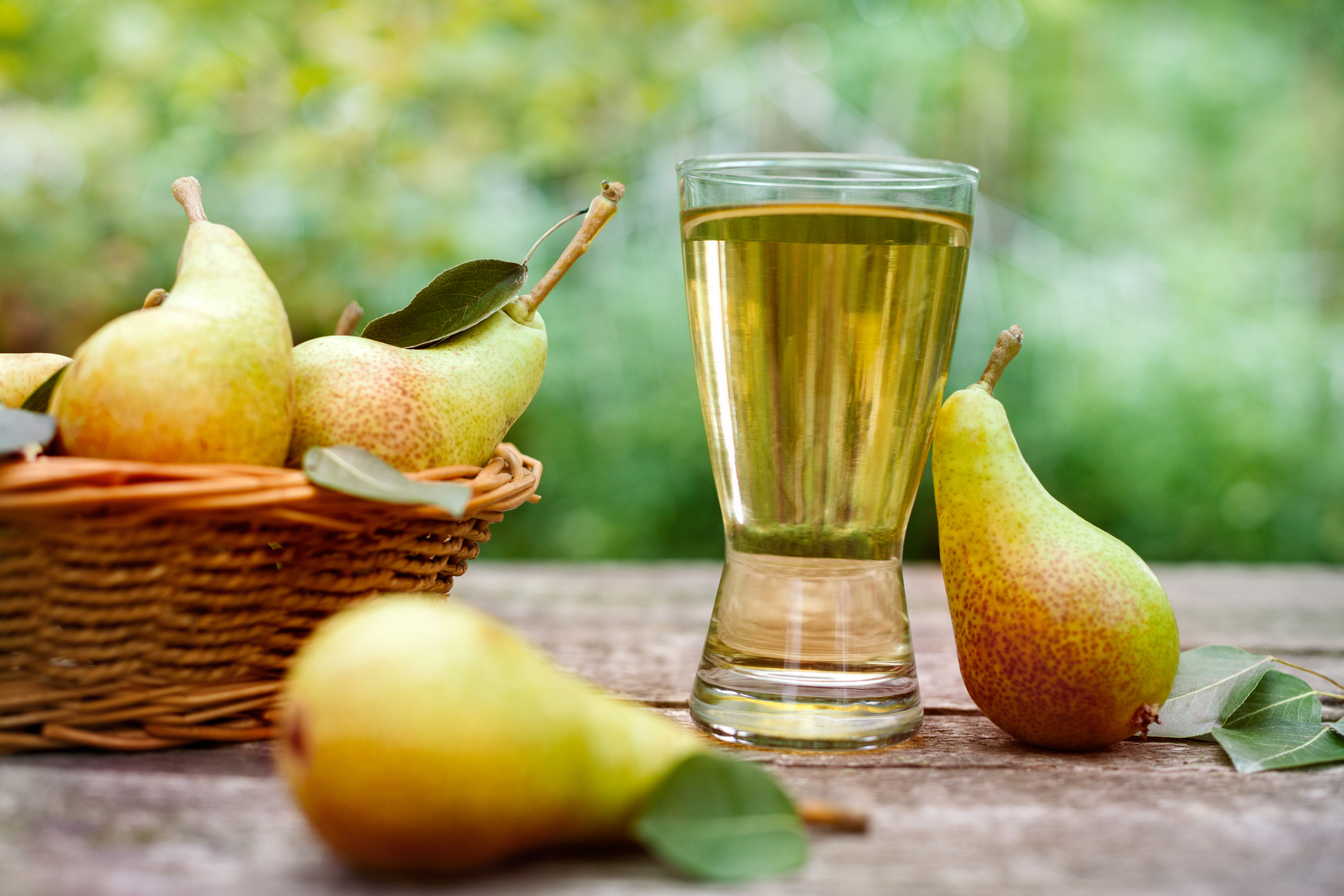

You can say what you like about Napoleon Bonaparte, but he wasn’t one for dishing out idle praise. When he reportedly described perry as ‘the English Champagne’, it was a sparkling endorsement of the doughty orchardists of Gloucestershire, Herefordshire and Worcestershire. The palaces of imperial France were a long way from the fields of the Wye Valley — nonetheless, a bottle of fine, bittersweet bubbles was seemingly enough to bridge the divide.
Perry has history, provenance and prestige. It is, in very basic terms, an alcoholic beverage made from fermented pear juice: perry is to pears what wine is to grapes and cider is to apples.
However, although wine and cider have legions of international devotees, perry occupies a much more specialised place in public (un)consciousness. It had a seat at the top table during the Georgian era but has since experienced periods of near-obsolescence. Happily, despite the fruit it depends on being notoriously troublesome to work with, the drink itself is still very much with us.
At this point, you should dismiss any preconceptions based on Babycham, Lambrini or mass-produced pear cider. Fine perry is an artisan product. Its traditional UK heartland lies in the three counties previously mentioned, with supporting roles from makers in Somerset and Monmouthshire. It typically ranges in strength from 4% to 8% ABV and is commonly sold in 750ml bottles (chill well and pour carefully — leave any sediment).
It often has a pale, straw-coloured hue with a fresh greenish tint. The key fact, however, is this: a good perry is a thing of life-enhancing, effervescent complexity. Among those in the know — and this number is unquestionably growing — the best small-batch makers in the UK are seen as alchemists.

‘Perry can be phenomenal,’ enthuses Adam Wells, who spent a decade steeped in wine before being wowed by tasting single variety perries and is now writing an entire book on the drink. ‘What I find amazing is that it carries this hugely broad swathe of different flavours and aromas. Some are reminiscent of tropical fruit and you think “gosh, this is from a pear that grows on the Welsh borders”, yet it’s taking me to warmer, riper places. In many ways, it’s closer to wine than cider.’
More than 100 different varieties of perry pear are still grown in the UK, although many are now incredibly rare. Today’s makers have been known to hunt age-old, half-forgotten orchards in search of single specimens. The fruits themselves tend to be smaller and far more astringent than greengrocers pears and their names roll off the tongue like a kind of rural incantation: Tumper, Brown Bess, Sweet Huffcap, Seckle. They make for terrible eating and beautiful drinking.
Exquisite houses, the beauty of Nature, and how to get the most from your life, straight to your inbox.
‘The old adage is that perry pears prosper when they’re growing in sight of the clump of trees on top of May Hill,’ discloses Dave Sanders, chairman of the Three Counties Cider & Perry Association, referring to the prominent rise in the land between Gloucester and Ross-on-Wye. ‘The best of them are beyond exceptional when they’re pressed and fermented. Perry used to be the drink of royalty. It was the choice of the very wealthy until wine took over.’
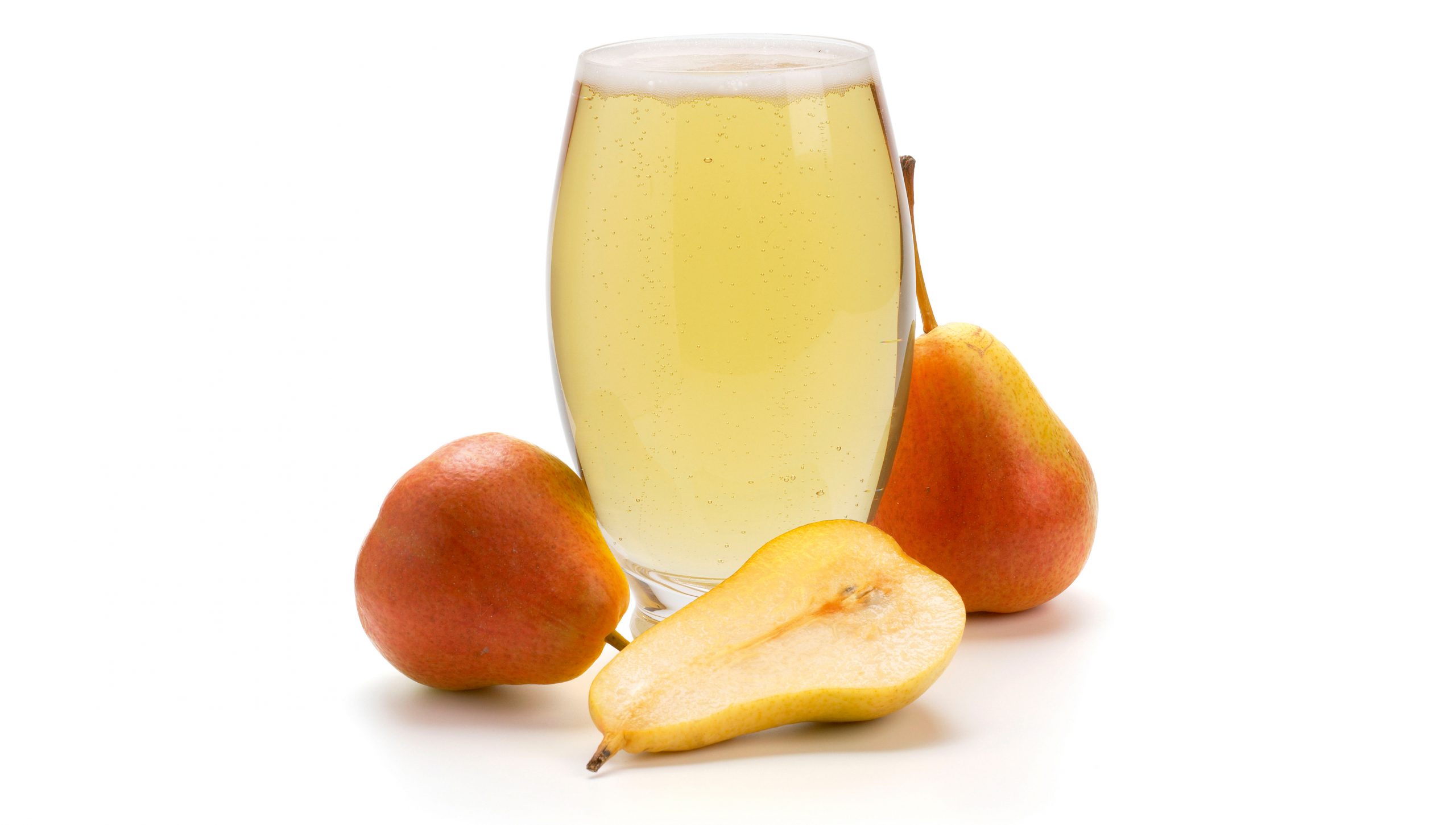
It’s important to note that the drink is by no means solely a British one. The pear, like the apple, is thought to have its origins in the Caucasus Mountains. It began to be cultivated some 4,000 years ago, subsequently spreading across Europe and flourishing where the conditions were right. Both Normandy and the Mostviertel region of Lower Austria still produce high-quality perries, although the first recorded mention of a pear-based alcohol dates all the way back to the writings of Roman author Pliny the Elder.
Yet fine perry isn’t exactly a doddle to make. One of the reasons the drink still largely eludes the mainstream is that mastering perry pears requires serious toil and patience. ‘Planting perry trees is this great leap of faith,’ continues Mr Wells. ‘You’re often looking at two decades before you start getting a crop worth a mention. One maker, Eric Bordelet, doesn’t consider perry trees to be fully mature until they’re about 60 years old. Then, when they do bear fruit, they’re often biennial; so you’ll only have a crop every other year or not even as regularly as that.’
Sporadic crops aren’t the only hindrance. ‘Perry pears also tend to have a very narrow window of ripeness. The Thorn variety, for instance, needs pressing as soon as it comes off the tree. The Moorcroft variety can sometimes be ripe for only 24 hours — press it before and it’s under-ripe, press it after and it’s mulch. Then you get some varieties, such as Yellow Huffcap, that rot from the inside out when they’re still on the branch. So it’s challenging. And pear juice itself is very fragile. If you’re not careful, it can be susceptible to turning into acetic acid.’
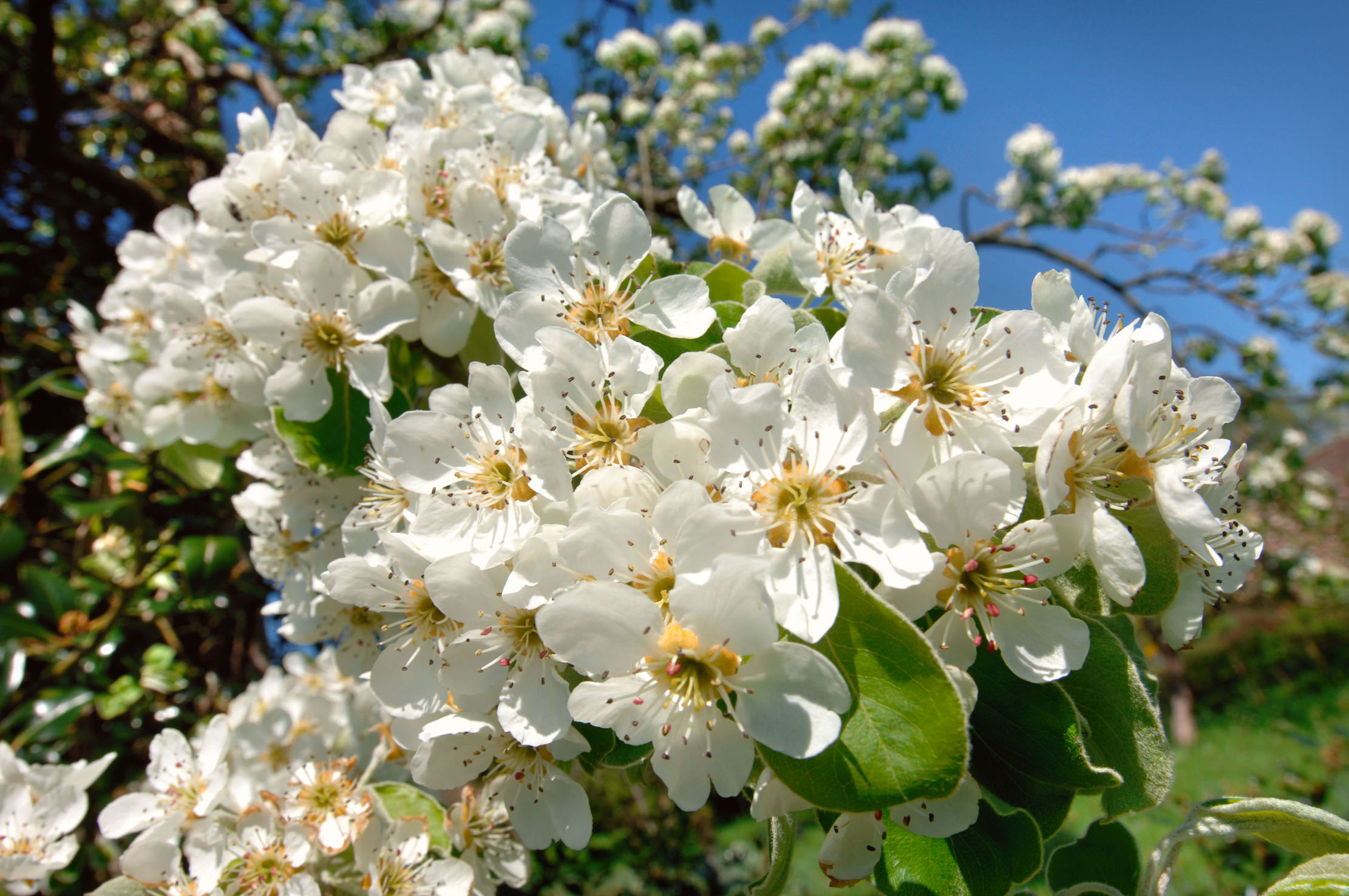
All of which makes the perries produced by renowned makers such as Gloucestershire-based Charles Martell and Herefordshire-based Tom Oliver — who, remarkably, is also tour manager for rock duo The Proclaimers — all the more impressive. Once the pears are pressed, teasing the best from the juice is often about knowing when to let Nature take over, allowing wild yeasts and natural fermentation to develop the taste profile. Get it right, however, and the results are memorable. In his Wainwright Prize-winning book on rare foods and drinks, Eating to Extinction, writer Dan Saladino describes fine perry as having the taste of ‘ripening orchard fruit, tinged with the acid of lemon drops, the bone-dry tannins of tea leaves and the sugar of candyfloss… all accompanied by a tickle of tiny bubbles’.
The renewed respect that drinkers have gained for perry in recent years is down in part to awareness of the expertise involved. ‘There’s been a 180˚ turnaround in its success,’ notes Albert Johnson of the family-run Ross-on-Wye Cider & Perry Company. ‘One report last decade said it was a drink in terminal decline and retailers should consider delisting it. That’s how poor the outlook was. Yet, what we’re seeing nowadays, with the slow-food movement, is that people are more concerned with where something has come from, who made it and whether it’s been made with values that align with their own. And perry is right up there as a rare and special thing. It has connection to the soil.’
In UK law, the names perry or pear cider (the terms are legally no different) can be used to describe any alcoholic drink with a minimum of 35% pear juice, which, in some cases, is wholly from concentrate. Aficionados would like to see this altered so the perry label can only be applied to purer ‘full-juice or high-juice’ perries, differentiating it from the quaffable — but less authentic — versions on the market. This is, however, unlikely to happen, so the best advice is simply to know what you’re buying. Mr Johnson, meanwhile, would love perry to gain more presence in culinary circles. ‘In the UK, we have this amazing heritage of perry-making that goes back four or five centuries, but there isn’t really much representation of perry in UK gastronomy at all,’ he laments. ‘I’d love to see more chefs experimenting with food pairings and being aware that this drink is right on their doorstep.’
Top 5 perry varieties, as picked out by Adam Wells
Perry enthusiast and writer Adam Wells picks out five favourite makers, with notes on each. You can buy direct or find a broad range of perries at the online bottle shop Cat In The Glass.
1. Ross-on-Wye Cider & Perry Company, Herefordshire
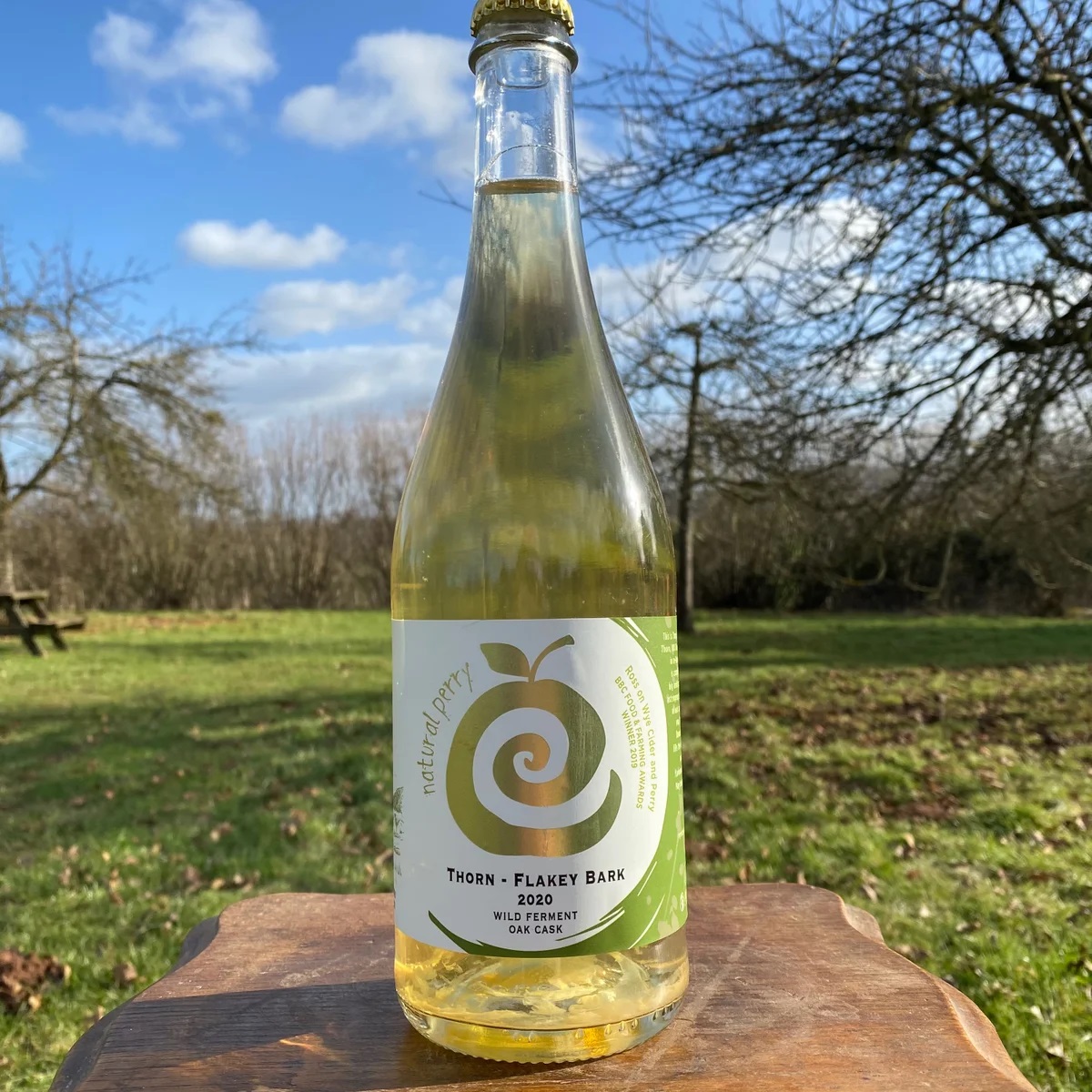
‘The company has an amazing range of single-variety perry pears and is very dedicated to showcasing the unique flavours. The Flakey Bark perry is made from the only six mature specimens of this tree’ www.rosscider.com
2. Bartestree, Hereford, Herefordshire
‘Dave and Fiona Matthews are unbelievably talented makers. They often use single varieties, but beautifully handled’
3. Tom Oliver, Ocle Pychard, Herefordshire
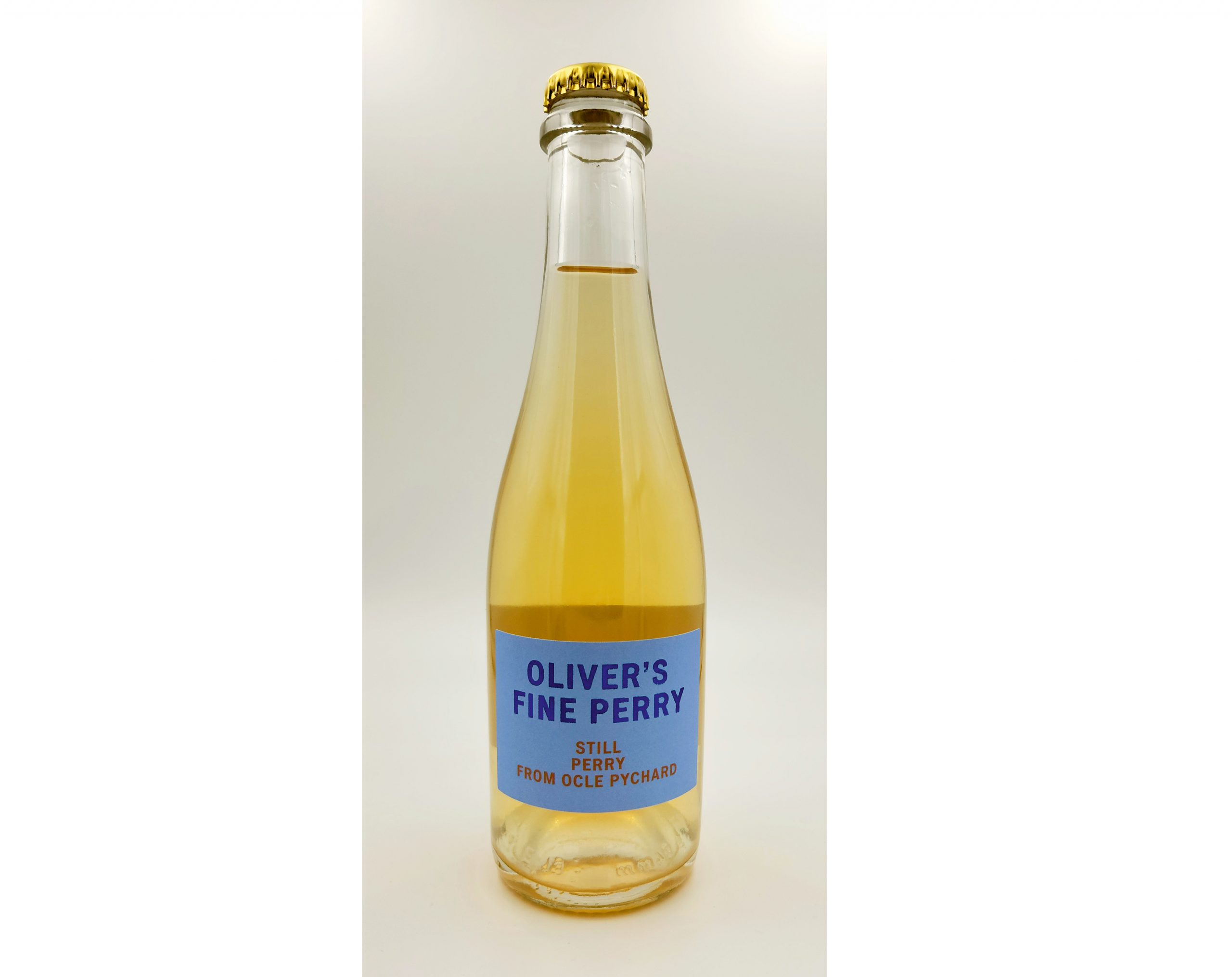
‘He’s almost universally thought of as one of the world’s great perry-makers. His keeved perries, in particular, are sublime. They show so much complexity and skill. I’d put one in front of anyone and be confident they’d be converted’. www.oliversciderandperry.co.uk
4. Cwm Maddoc, Broad Oak, Herefordshire

‘The owners create really elegant and deli-cate aperitif perries. They are makers that deserve a lot more attention than they get.’ www.hollow-ash.co.uk/cwm-maddoc-cider-perry
5. Little Pomona, Bromyard, Herefordshire
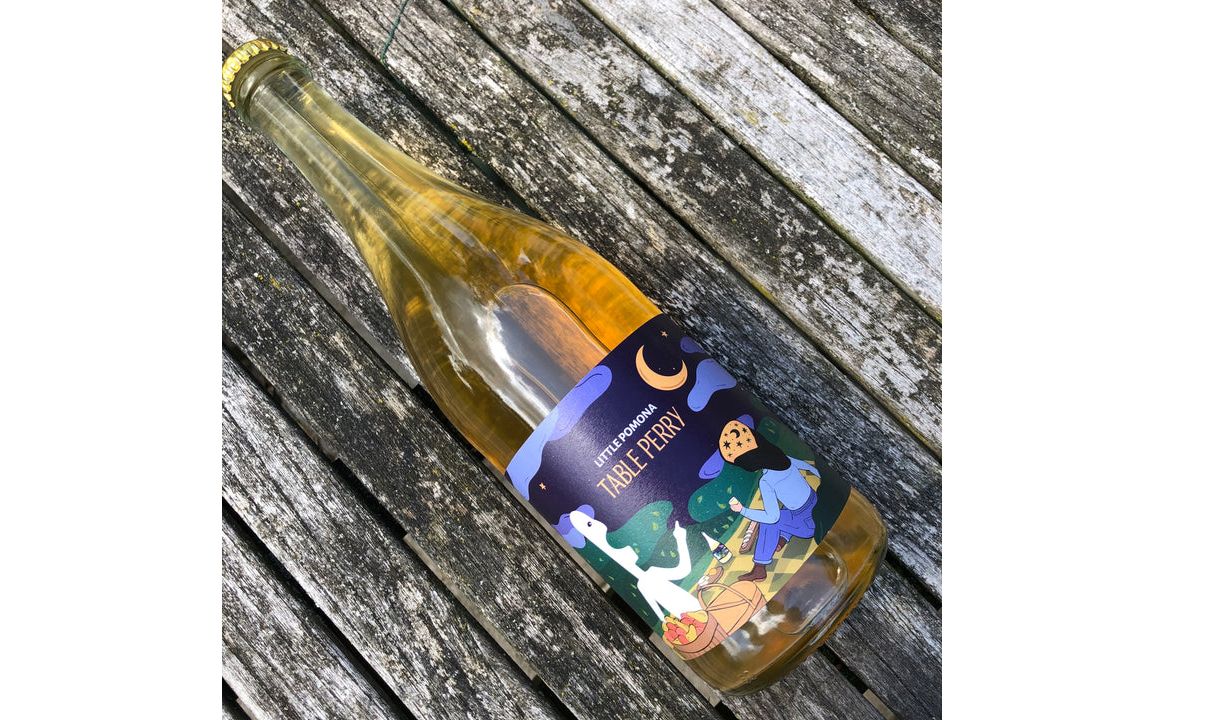
‘The family is doing some of the most exciting and experimental things with perry pears, not only by making amazing perries, but by doing things such as co-fermenting pears with grapes and really showing what these fruits are capable of.’ www.littlepomona.com

Credit: Andrew Lawson / Country Lfe
The Rosemary Verey garden masterpiece that blends nature and geometry
The great Rosemary Verey masterminded this garden in Oxfordshire which remains naturally glorious despite being geometrically-inspired. Vanessa Berridge paid a

Sheep fleece paths provide eco-friendly alternative for nature reserve
Western Isles sheep fleeces have replaced plastic membranes in paths at a nature reserve in Uist, Scotland.

In Focus: The breathtaking nature photography of David Yarrow
Renowned British photographer David Yarrow has spent decades capturing some of the planet’s most endangered species in their natural habitats.

Credit: Getty Images
John Lewis-Stempel: The stained-glass window made by nature
Plodding home in the gloaming, through a wood stripped bare by November gales, John Lewis-Stempel stumbles across a magical fairy
Ben Lerwill is a multi-award-winning travel writer based in Oxford. He has written for publications and websites including national newspapers, Rough Guides, National Geographic Traveller, and many more. His children's books include Wildlives (Nosy Crow, 2019) and Climate Rebels and Wild Cities (both Puffin, 2020).
